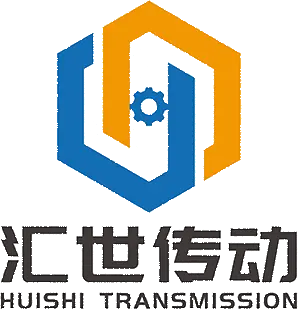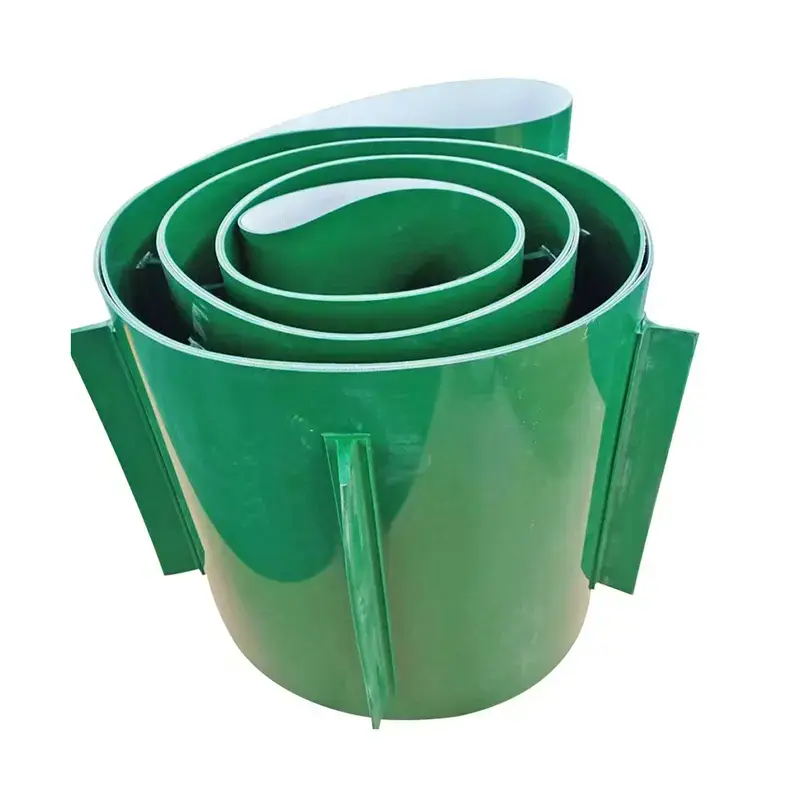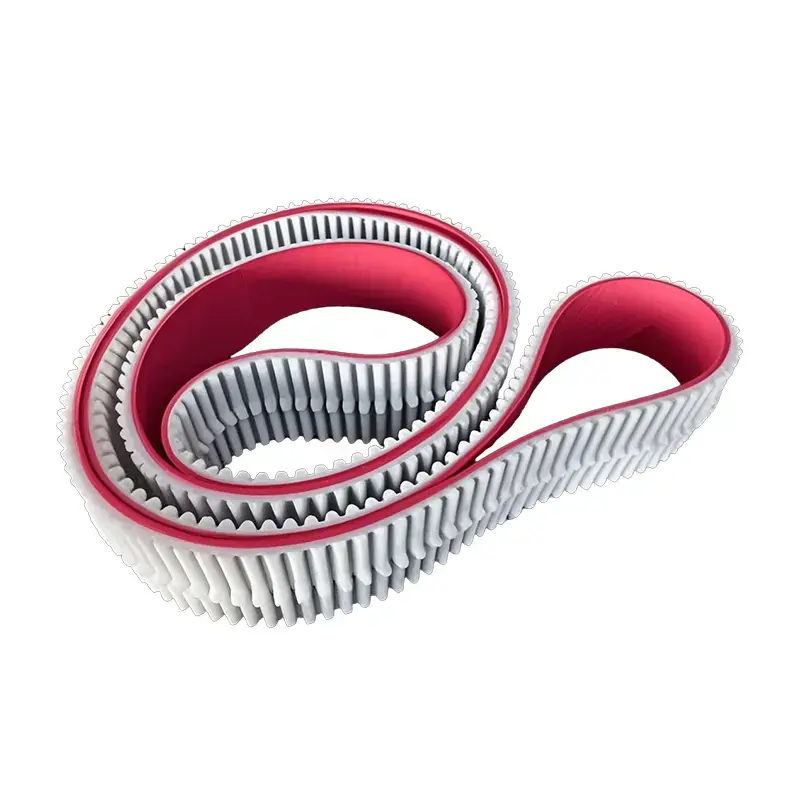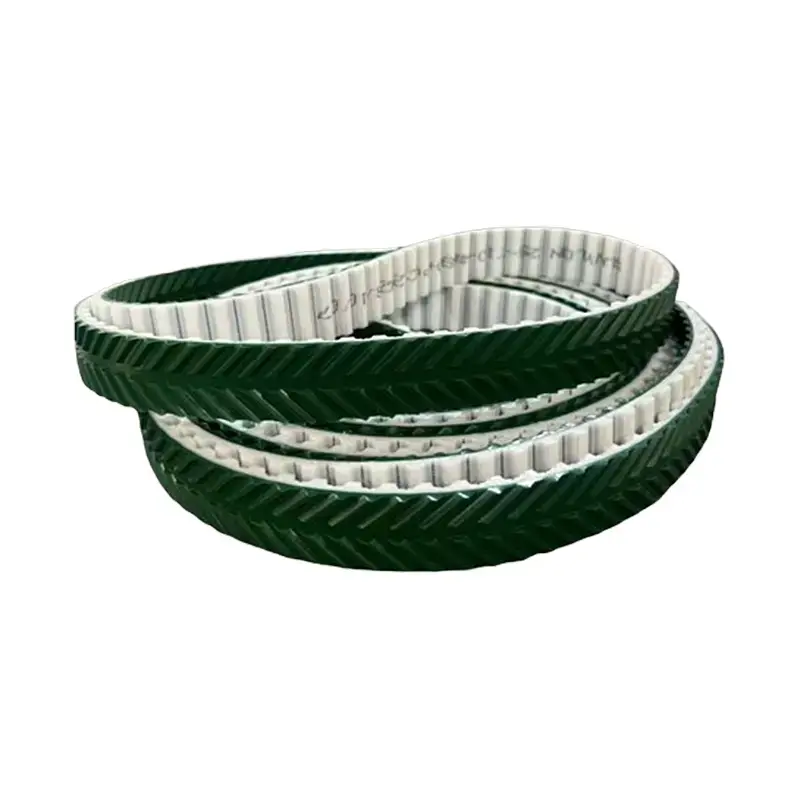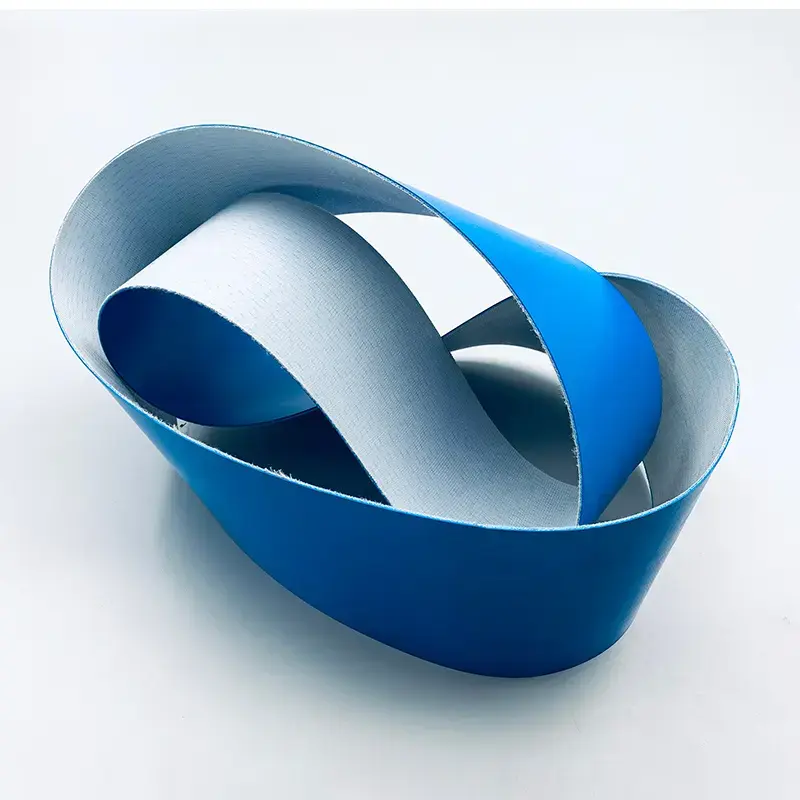 +86-19862000127
+86-19862000127 Cam Belt Cost: A Critical Consideration for Fleet Managers
In the world of fleet management, every dollar counts. From fuel efficiency to maintenance, optimizing operational costs is a top priority. One crucial maintenance item that can have a significant impact on your bottom line is the cam belt(also known as a Timing Belt). Understanding the true cost of cam belt maintenance—and the even higher cost of a failure—is essential for any business operating a vehicle fleet.
Deconstructing the Cam Belt Cost
The cost of a cam belt isn't just the price of the part itself. It's a combination of several factors that fleet managers must consider.
-
Part Cost: The price of the belt varies widely based on the vehicle make and model, as well as the manufacturer. Opting for a high-quality OEM (Original Equipment Manufacturer) or a reputable aftermarket part is a wise investment. While cheaper alternatives exist, they often come with a higher risk of premature failure.
-
Labor Cost: This is typically the most significant part of the total bill. Replacing a cam belt is a labor-intensive job that requires a skilled mechanic. The engine may need to be partially disassembled to access the belt, which can take several hours.
-
Associated Parts:A Cam Belt Replacement often includes other components that are replaced at the same time to ensure the system's integrity. These can include:
-
Tensioners and idler pulleys: These components keep the belt taut and guide its movement.
-
Water pump: On many engines, the water pump is driven by the cam belt. It's best practice to replace it at the same time to avoid having to repeat the labor in the near future if the old pump fails.
-
Seals: Replacing crankshaft and camshaft seals can prevent future oil leaks.
-

The High Price of Neglect: Why Timely Replacement Matters
While the upfront cost of a cam belt replacement may seem high, it pales in comparison to the cost of a catastrophic engine failure.
-
Catastrophic Engine Damage: If a cam belt snaps while the engine is running, it can cause the pistons and valves to collide. This can lead to bent valves, damaged piston heads, and even a cracked cylinder head, effectively totaling the engine.
-
Massive Repair or Replacement Costs: The cost to repair or replace a seized engine can run into thousands of dollars, far exceeding the preventative maintenance cost. For a fleet, this can mean a vehicle is out of service for an extended period, leading to lost revenue and operational disruption.
-
Towing and Downtime: A broken cam belt will leave a vehicle stranded, requiring a costly tow. The associated downtime for the vehicle and the driver can disrupt delivery schedules and negatively impact customer service.
Making a Smart Financial Decision
To manage cam belt cost effectively, fleet managers should:
-
Adhere to Manufacturer's Schedule: Follow the recommended replacement intervals outlined in the vehicle's owner's manual.
-
Use Quality Parts: Don't skimp on quality. Investing in a durable belt and associated components reduces the risk of unexpected failure.
-
Plan Ahead: Schedule replacements during off-peak hours or as part of a planned maintenance cycle to minimize disruption.
Conclusion
The cam belt cost is a critical part of a fleet's total cost of ownership. By understanding the full picture—from the parts and labor to the potential for catastrophic failure—fleet managers can make informed decisions that protect their assets, minimize downtime, and ultimately save their business money.
FAQ
Q1: How often should a cam belt be replaced?
A1: The replacement interval varies by vehicle manufacturer and model, typically ranging from every 60,000 to 100,000 miles (or every 5 to 7 years), whichever comes first. Always check the specific recommendations in your vehicle's manual.
Q2: Can I just replace the cam belt without the other parts?
A2: While technically possible, it is not recommended. Components like tensioners, idler pulleys, and the water pump wear out over time. Replacing them simultaneously with the belt prevents the need to repeat the labor-intensive job later if one of these parts fails.
Q3: What are the signs of a failing cam belt?
A3: A cam belt can fail without warning. However, some subtle signs might include a ticking noise from the engine, difficulty starting, or a visible crack or frayed edges on the belt if it's inspected. Regular inspection during routine maintenance is the best way to catch potential issues early.



